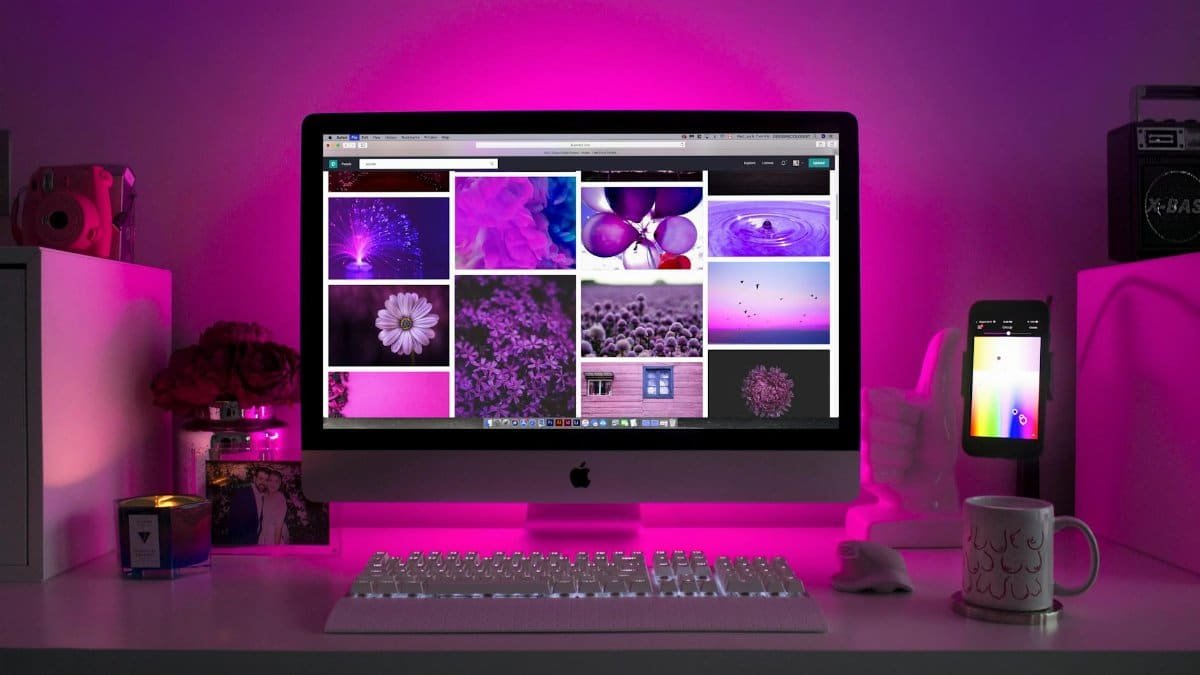Imagine a quiet office in downtown Seattle, where the hum of laptops fills the air. Amid the clatter of keyboards, a small group of desk workers stands up, stretches, and begins slow, deliberate movements, their breaths syncing with each gesture. This isn’t a random break—it’s a qigong desk routine, a practice blending ancient Chinese energy work with modern workplace needs. For many, it’s becoming a lifeline to combat the physical and mental toll of sedentary hours. As screen time creeps higher in 2025, more Americans are seeking ways to offset “tech neck” and fatigue. Qigong, with its focus on breath and gentle motion, offers a subtle yet powerful fix. It’s not about breaking a sweat; it’s about reclaiming balance. How did this centuries-old tradition find its way into cubicles, and why is it resonating now? Let’s unpack its rise and relevance.
What Is a Qigong Desk Routine, Really?

For the uninitiated, qigong (pronounced “chee-gong”) is a system of coordinated body movements, breathing, and meditation rooted in Chinese medicine and martial arts. A qigong desk routine adapts these principles for the office-bound, focusing on short, accessible sequences that can be done standing or even seated. Think of it as a mindful reset—less about exercise, more about energy flow. Practitioners aim to release tension and improve circulation, countering the hunched posture so common after hours at a desk.
The beauty lies in its simplicity. A typical routine might involve slow arm circles while breathing deeply, or gentle spinal twists to ease lower back strain. Studies suggest such practices can reduce stress and improve focus. For instance, research from the National Center for Biotechnology Information highlights qigong’s potential to lower cortisol levels, the body’s main stress hormone. It’s a quiet rebellion against the grind of sedentary work.
The Modern Desk Dilemma

Let’s paint a picture: it’s 3 p.m., and the average office worker has been glued to a screen for six hours. Shoulders slump, necks crane forward, and eyes strain under fluorescent lights. The term “tech neck” isn’t just a buzzword—it’s a real condition tied to poor posture from prolonged device use. According to a 2021 report by the Pew Research Center, screen time surged during the pandemic, with many Americans still clocking excessive hours in 2025.
This physical toll pairs with mental fatigue. Deadlines loom, notifications ping, and the body bears the brunt. One anonymous online account recently described it vividly: “I felt like my spine was folding into itself after Zoom calls.” Enter the qigong desk routine—a way to interrupt this cycle without needing a gym or much space. It’s a small act, but for many, it shifts the day’s trajectory.
Why Qigong Fits the Office

Unlike yoga, which often requires a mat and dedicated time, qigong can sneak into a five-minute window between meetings. Its standing sequences are discreet—no need to lie down or draw stares from coworkers. A common move, “Wave Hands Like Clouds,” involves gentle side-to-side swaying with deep breaths, something easily done beside a desk. It’s practical, unassuming, and doesn’t demand athleticism.
Moreover, qigong’s emphasis on breath links directly to stress relief. A study published through the National Institutes of Health notes that mindful breathing can lower anxiety almost instantly. For desk workers juggling endless tasks, this dual focus on body and breath becomes a grounding force. It’s less about escaping work and more about returning to it with clearer eyes.
Getting Started Without Overthinking It

Starting a qigong desk routine doesn’t require a guru or fancy gear. Begin with something basic: stand up, feet shoulder-width apart, and roll your shoulders back five times while inhaling deeply through your nose. Exhale as you reverse the roll. That’s it. Repeat for a minute. This small movement can loosen the upper body, a hotspot for tension after typing.
For structure, plenty of free resources exist online, though quality varies. The National Certification Commission for Acupuncture and Oriental Medicine offers guidance on finding credible practices. Start with short, guided sessions—many are tailored for office settings. The key is consistency, not perfection. Even three minutes daily can nudge posture and mood in the right direction.
Challenges in Making It Stick

Adopting any new habit, especially in a busy workplace, comes with hurdles. Time is the obvious one—carving out even five minutes feels impossible when emails pile up. Then there’s self-consciousness. Not everyone wants to sway their arms in an open-plan office, fearing curious glances. One worker shared a relatable quip with friends: “I looked like I was directing invisible traffic.” The humor hides a real barrier—feeling out of place.
Another snag is expectation. Qigong isn’t a quick fix; its benefits, like reduced back pain or better focus, build over weeks. For those used to instant results, patience wears thin. The trick lies in reframing it as a pause, not a chore. Over time, that pause can become as routine as grabbing coffee.
Cultural Shifts and Growing Appeal

In 2025, wellness isn’t just a trend—it’s a necessity for many Americans navigating hybrid work and digital overload. Qigong, once seen as esoteric, is gaining traction alongside mindfulness and meditation. Corporate wellness programs are catching on, with some offering short qigong breaks as alternatives to traditional stretching. It’s a nod to a broader shift: workplaces are slowly recognizing that employee health isn’t a luxury.
This dovetails with a hunger for balance. As technology tightens its grip, practices like a qigong desk routine offer a counterweight—something tactile, human, and low-tech. It’s not hard to see why it resonates. When the world feels relentless, slowing down to breathe and move becomes a quiet act of defiance, a way to reclaim a sliver of calm amid the chaos.
Long-Term Impact on Body and Mind

Over months, the effects of a consistent qigong desk routine can compound. Physically, it counters the forward hunch, easing strain on the neck and spine. Mentally, it carves out space for clarity—those brief moments of breath-focused movement can disrupt cycles of stress. Research backs this up: a paper from the National Center for Biotechnology Information found that regular qigong practice improved mood and reduced symptoms of anxiety in participants.
Yet, it’s not a cure-all. It works best paired with other habits, like ergonomic setups or regular walking. Still, for desk workers, it’s a tool that’s both accessible and subtle. Picture a future where standing up to stretch and breathe isn’t an oddity but a norm. Small shifts like these might just redefine how we endure—and even enjoy—our workdays.
